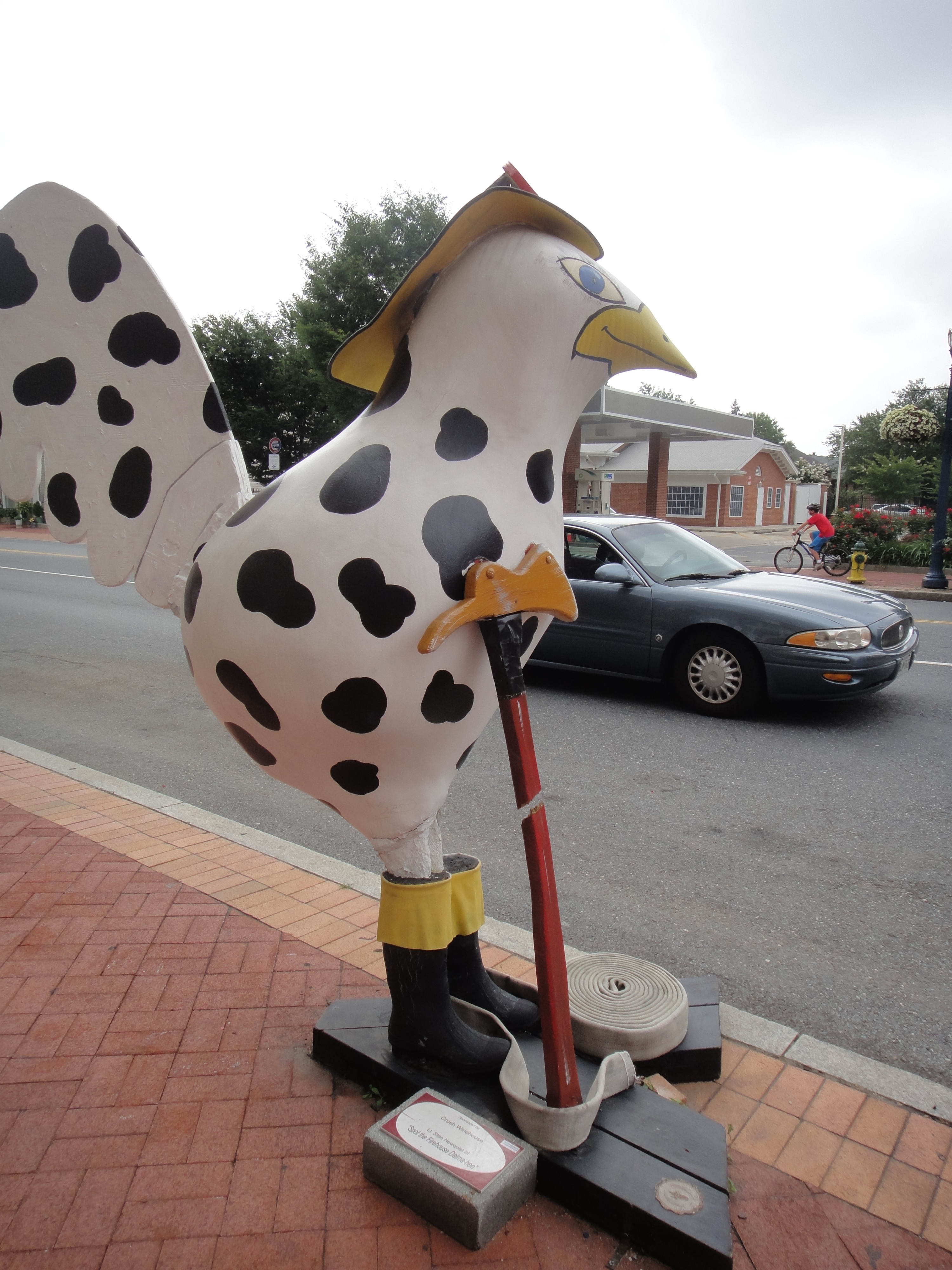The Phenotypes of Travelers
With our lives being displayed prominently on social media, everyone knows about each other’s vacations. Most of us with a decent presence on social media cannot resist putting up at least one picture or status update of a place we are visiting.
I put up my vacation photographs on facebook, and pay due attention to my friends’ photographs, trying to see where and how they are vacationing (sometimes to get ideas for my next vacation, at other times to feel jealous).
Based on my observations, I think I can categorize vacationers into the following categories:
- The “I’ve got to see it all” type
Highly motivated to make the most of their vacation, they want to cover as much ground as possible and take pictures at every single attraction in the city. They pack their itineraries with as many tours and activities as they can, and are unhappy if they have any free time left.
I humbly state that I belong to this group.
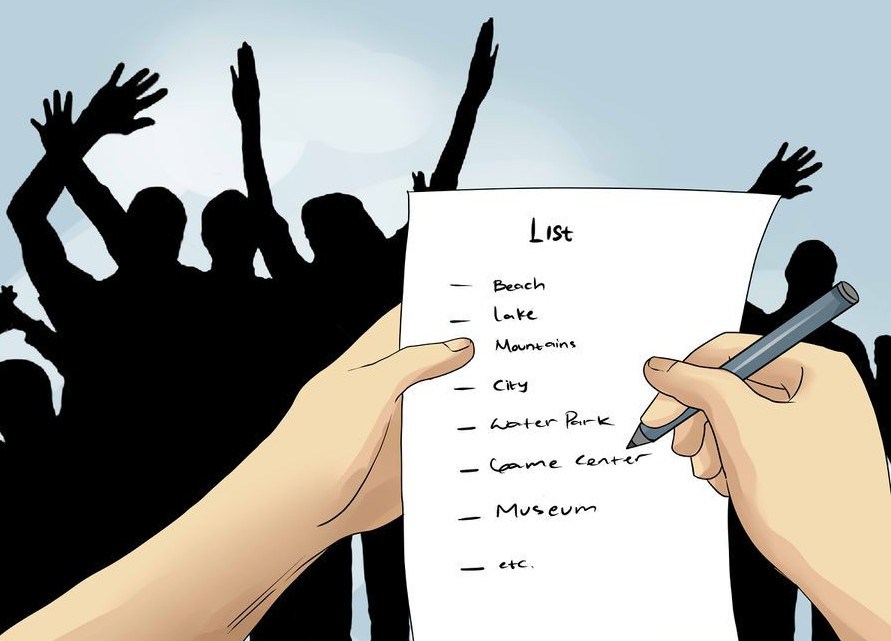
2. The meticulous planner
This person has planned every single activity down to the last detail. Everything is prepaid, and nothing is left to chance. Alternative plans are in place as well.
That’s my husband.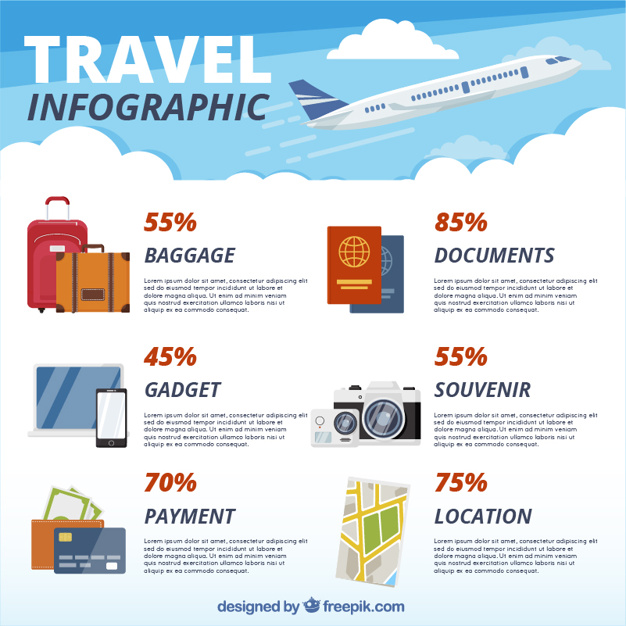
3. The Laissez-faire traveler
Nothing is pre-planned except tickets and accommodation. Everything else is to be figured out at the destination. Usually solo travelers or young couples. These travelers are bold and willing to experiment. They have the best stories to tell.

4. The Intrepid Traveler
The ones with a spirit of adventure- these guys are mountain-biking, deep-sea diving, surfing, kayaking or rock-climbing everywhere they go. Vacation is the time to prove their physical grit and stamina.
(My only concern is that their “vacation” sometimes gets prolonged due to injuries sustained during their daredevil activities.)

5. The “I’ve earned my leisure” type
These are people who are exhausted running the rat race everyday and take a vacation just to languish in hotel rooms, bars, by the poolside or the beach. They are not interested in sightseeing, they are just there to get away from home.
People I envy the most because they really have a good time.
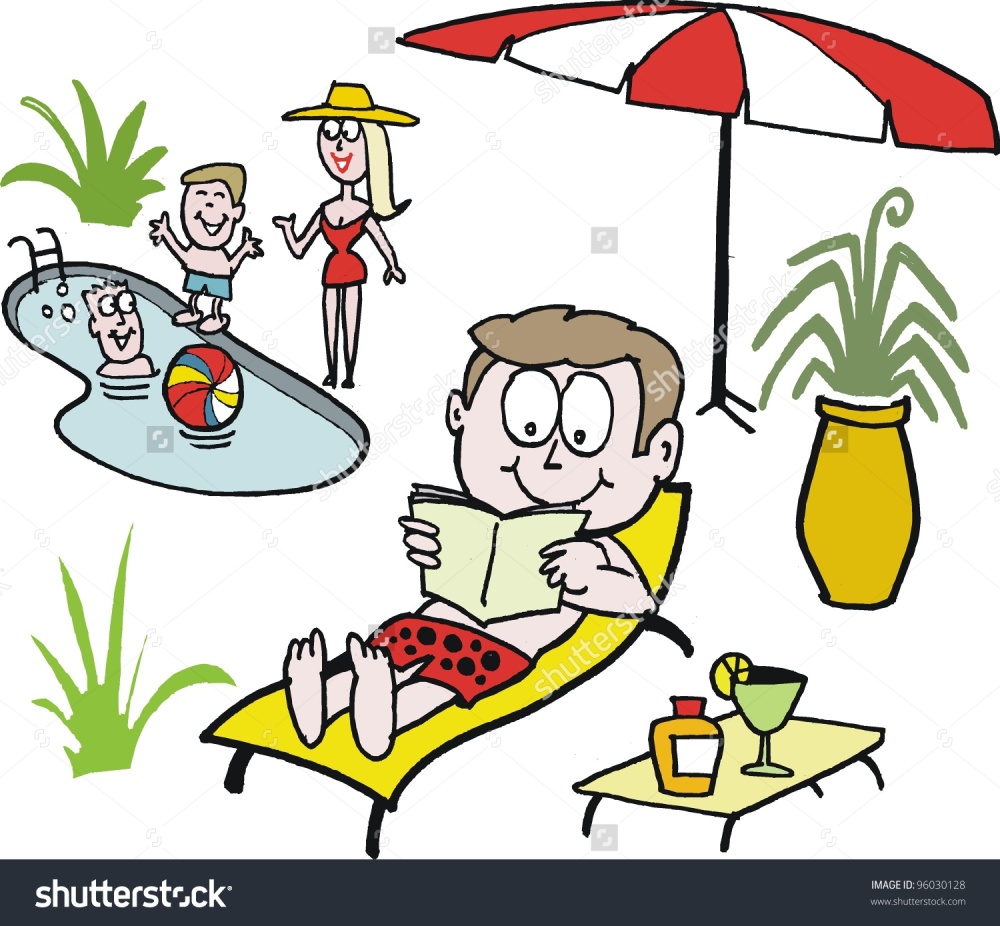
6. The “fish out of water” type
These are the travelers who are constantly complaining- they love the idea of a vacation, but are very uncomfortable in a new environment. They might compare everything to “back home”. These are the ones who would rock a staycation.
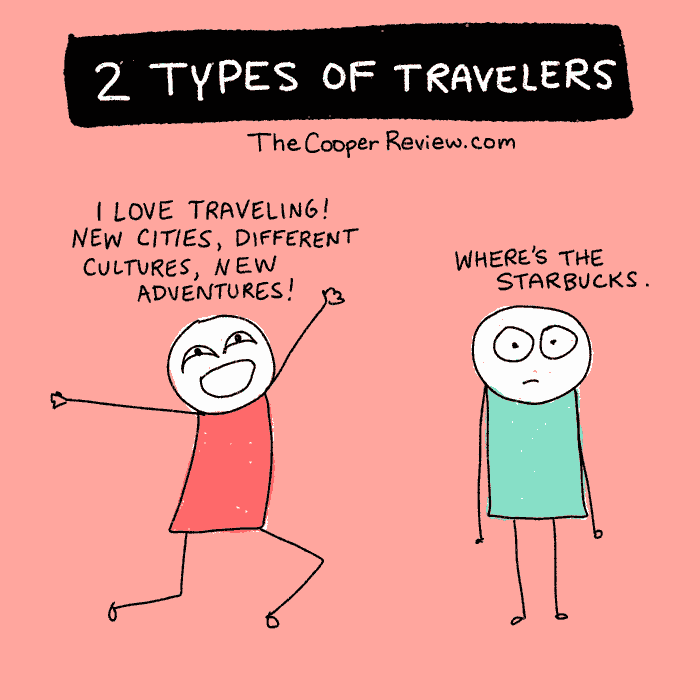
7. Ms./Mr. Fancypants
These are the folks who enjoy the finer things in life. They usually have plenty of money (obviously!) and take luxury vacations. They want exotic experiences at every place.

8. The “children rule the roost” type
Families with children, who spend most of their vacation fussing over their kids, their naptimes, their food and drink, or chasing them.
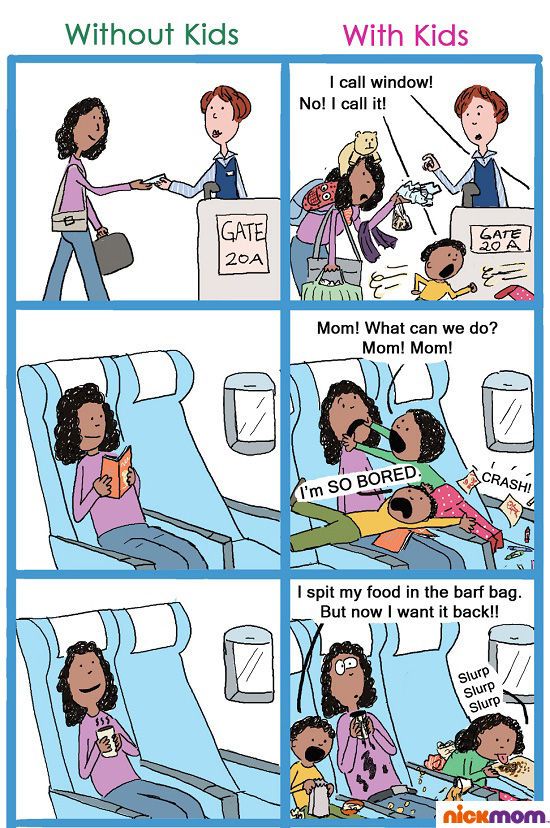
9. The “All the world’s a poster board” type
These are the photographers who share the magic of their lenses on facebook and instagram. They are busy clicking away, especially at sunset and sunrise!
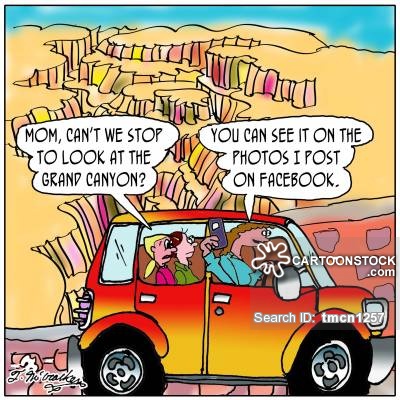
10. The “Bleasure” traveler
The one who sits with his mobile phone and laptop on the beach- mixing business with pleasure. More and more common now as no one is expected to unplug..
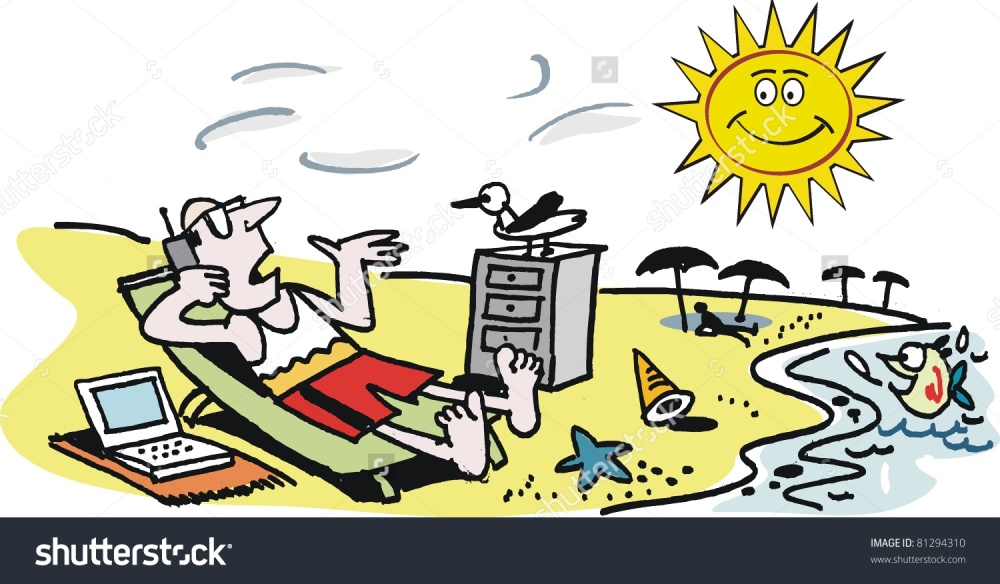
I am sure there are many more types, and we can all probably fit in one or the other mold, but I’ll stop here.
So, what kind of a traveler are you?
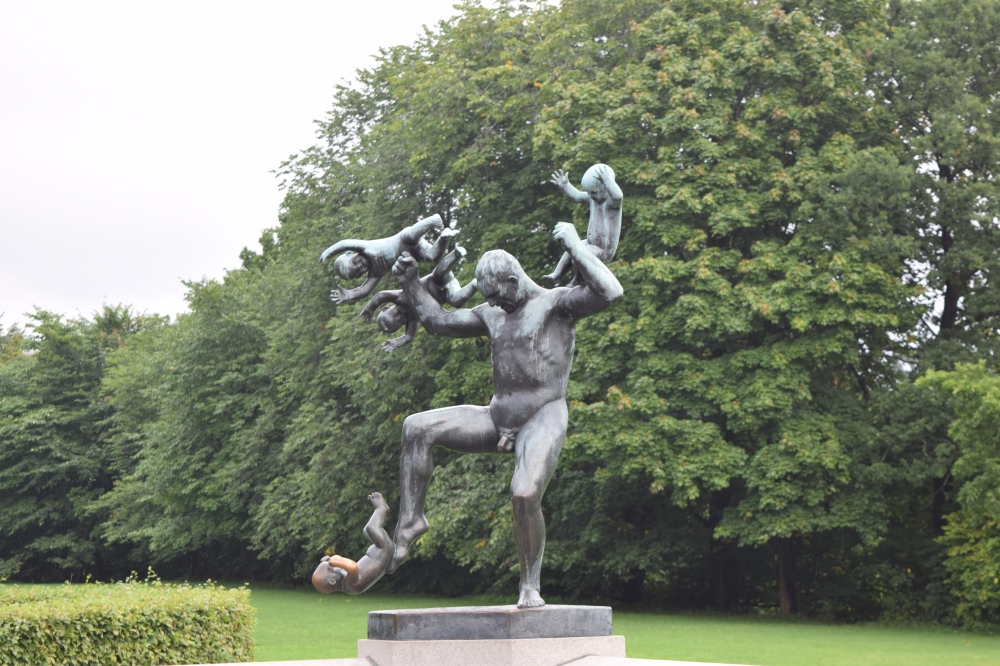



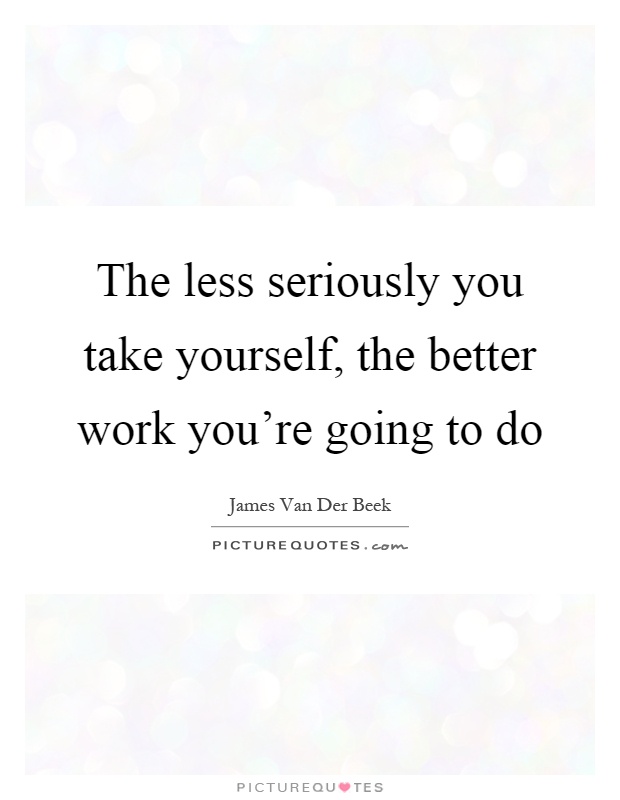


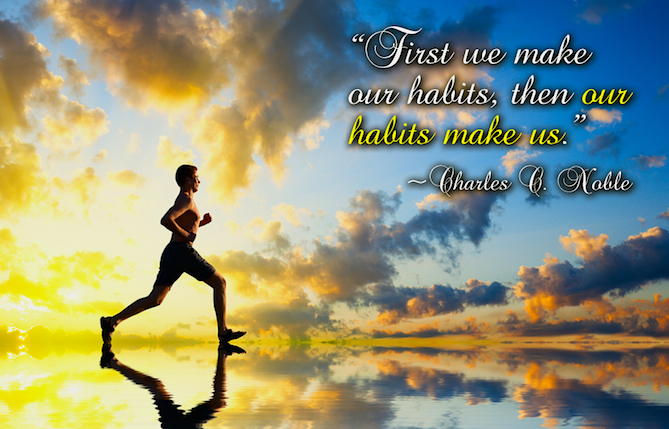
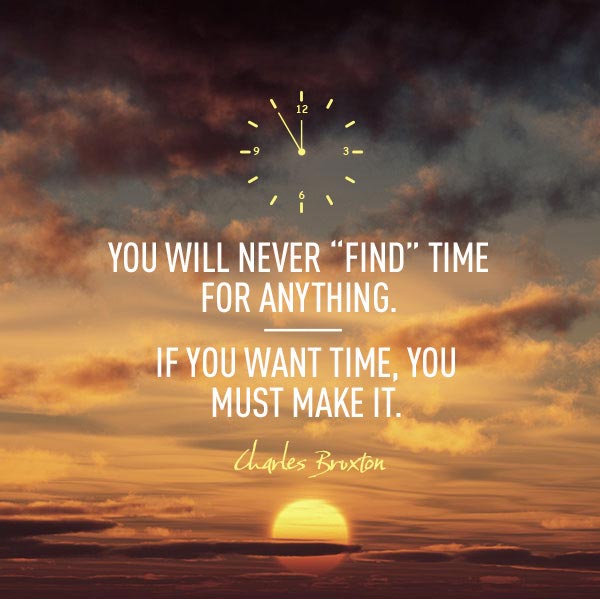

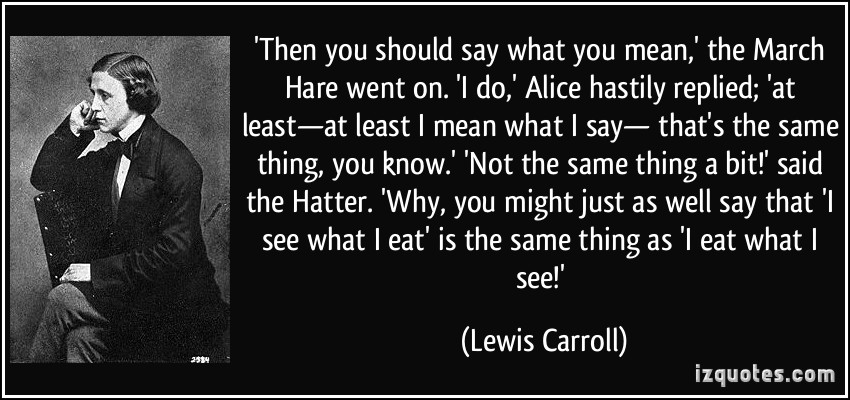
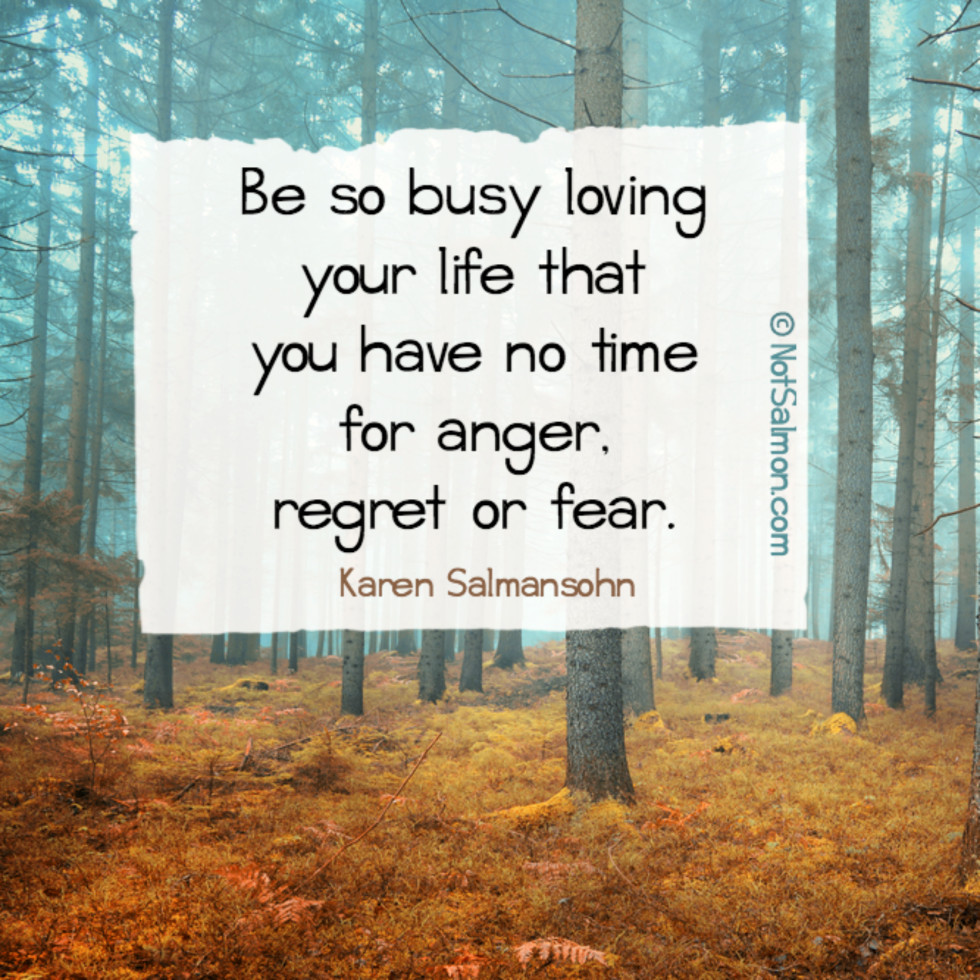





























 (Source: bankbigbang.com)
(Source: bankbigbang.com)



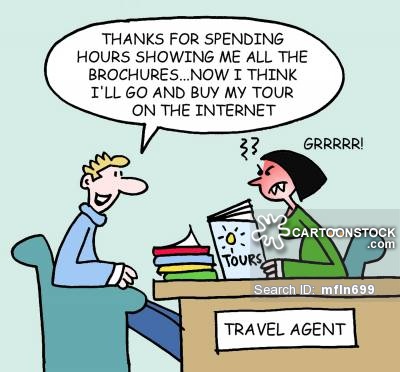



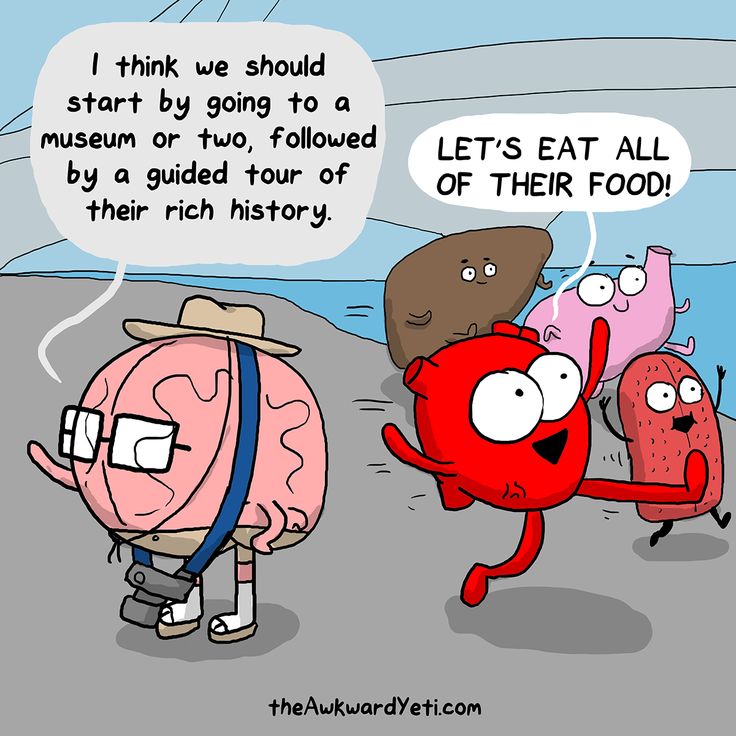
 (Source: pinterest)
(Source: pinterest)











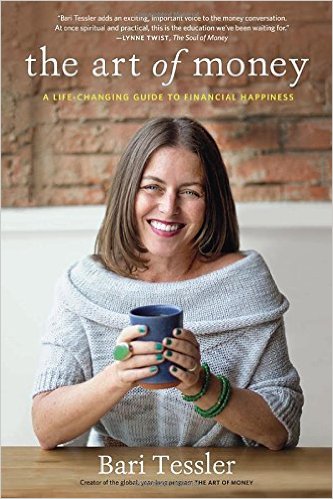
 (Source:
(Source:  There was a time, a few centuries ago, when everything was done by hand. You planted seeds in the fields, tended to the crop, harvested it, milled the grains into flour, kneaded the dough and baked bread out of it. Every family did it. Similarly, you cut and dyed cloth and sewed it into a garment by hand.
There was a time, a few centuries ago, when everything was done by hand. You planted seeds in the fields, tended to the crop, harvested it, milled the grains into flour, kneaded the dough and baked bread out of it. Every family did it. Similarly, you cut and dyed cloth and sewed it into a garment by hand.












 Walking on the streets of Oslo, with quotes by Henrik Ibsen (norwegian playwright) engraved on the sidewalk
Walking on the streets of Oslo, with quotes by Henrik Ibsen (norwegian playwright) engraved on the sidewalk Crossing the Ponte Vecchio bridge in Florence to burn off calories
Crossing the Ponte Vecchio bridge in Florence to burn off calories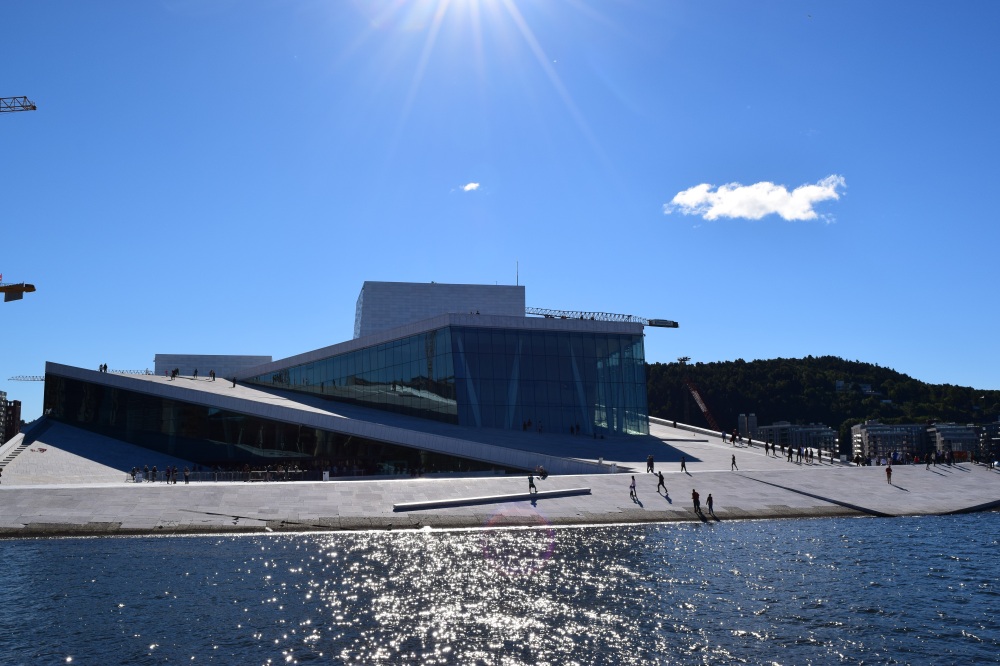 The stories we heard with the Oslo Opera House in the backdrop!
The stories we heard with the Oslo Opera House in the backdrop! Painted ceiling, Vatican City: Without a knowledgeable guide, we would never had understood art from the 16th century
Painted ceiling, Vatican City: Without a knowledgeable guide, we would never had understood art from the 16th century